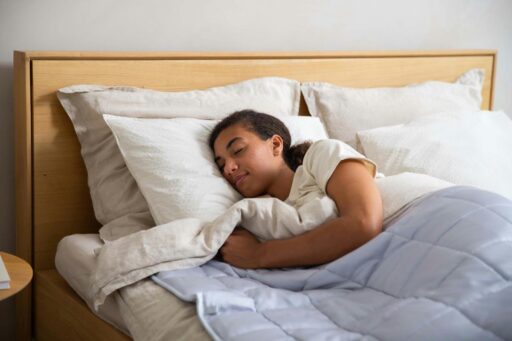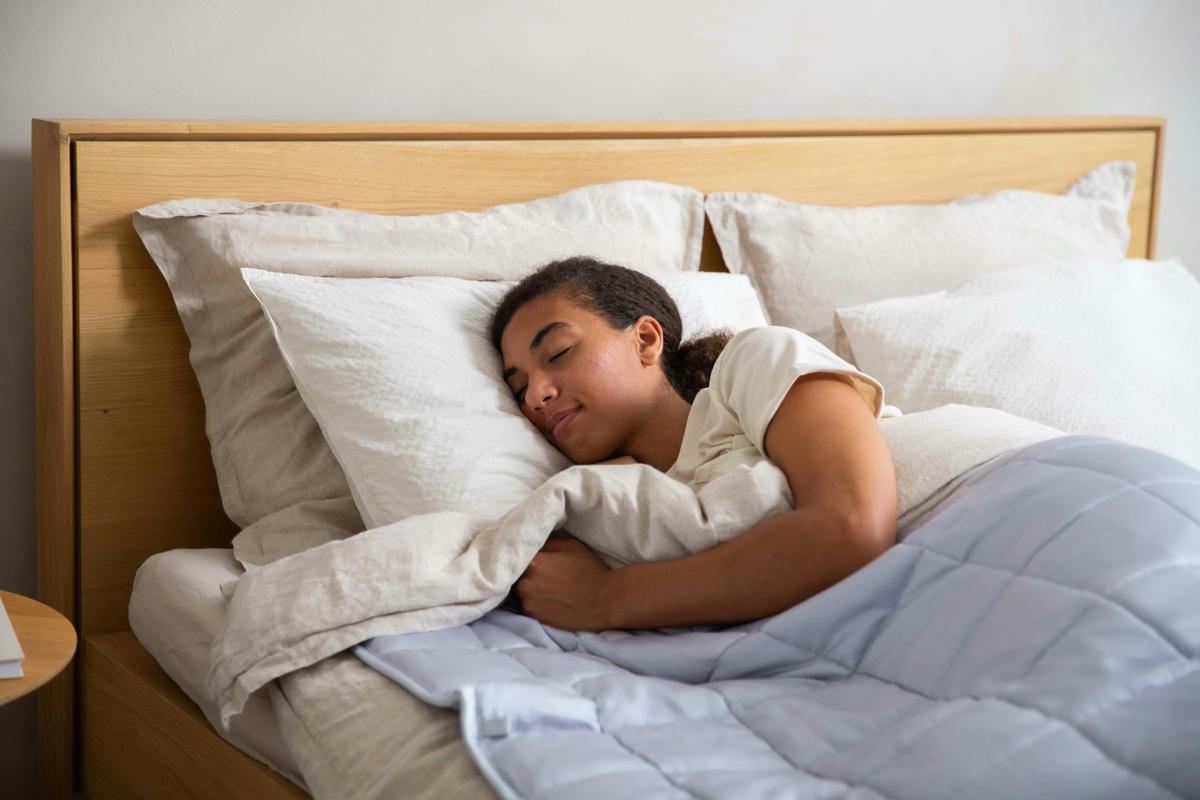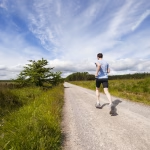Sleepmaxxing: Is Optimizing Your Sleep the New Flex, Or Just a Buzzword?
Healthy’s Summary
If you’ve been anywhere near wellness TikTok or Reddit lately, you’ve probably heard of sleepmaxxing—a catchy new term for doing everything in your power to make sleep as restorative, efficient, and high-quality as humanly possible. It’s the kind of thing that sounds like satire (and sometimes is), but underneath the blue-light blockers and magnesium cocktails, there’s a real desire for better sleep and better living.
Sleepmaxxing is all about optimizing your sleep environment, habits, and even biochemistry to unlock peak performance. Think blackout curtains, cold rooms, no screens after 8 PM, and a supplement stack worthy of a Silicon Valley founder. But is it science, or just self-help cosplay?
We dug into the research to see where the hype meets reality.
So What Is Sleepmaxxing?
Sleepmaxxing is Gen Z’s rebrand of sleep hygiene, except it’s not just hygiene—it’s hustle. Instead of treating sleep like a passive necessity, this trend reframes it as an active pursuit. Some people build elaborate nighttime routines. Others test sleep-tracking wearables like it’s a competitive sport. You’ll find Reddit threads with 30-step evening checklists and TikTokers debating the best time to pop glycine.
Here’s the thing: at its core, sleepmaxxing comes from a very human place. People are tired. Burnt out. Emotionally fried. And in a world where everything feels chaotic, sleep offers a little piece of control—and a shot at feeling better tomorrow.
That said, not everything under the sleepmaxxing umbrella is backed by science. Some tactics are tried-and-true. Others? More… experimental. So what’s worth your effort, and what’s just noise?
Is There Real Science Behind Sleepmaxxing?
Let’s start with the basics. Yes—good sleep really is foundational to mental, physical, and emotional health. The CDC, NIH, and nearly every sleep researcher on the planet agree: sleep affects everything from memory consolidation to immune function to mood stability.
But not all sleepmaxxing habits are created equal. Here’s where things start to diverge:
- Room temperature matters. Studies show cooler environments (60–67°F) support deeper sleep, especially by aiding melatonin production and thermoregulation. This one’s solid science. NIH
- Blue light is a real disruptor. Exposure to screens before bed delays melatonin release. Blue-light blockers can help, but simply cutting screens an hour before bed is just as (if not more) effective. Harvard Health
- Supplements? Mixed results. Magnesium, glycine, L-theanine, and melatonin are popular among sleepmaxxers. Some show modest improvements in sleep onset or quality, especially in deficient individuals—but they’re not magic pills. (And we all know more isn’t always better.)
- Sleep tracking devices? Motivating, but flawed. Wearables like Oura or Whoop can help build awareness, but shouldn’t be expected to be 100% accurate. And over-tracking can actually create anxiety—a phenomenon now being studied as “orthosomnia.” NIH
- “Stacking” tactics doesn’t guarantee better sleep. Sometimes more effort means more stress, which can actually sabotage rest. That’s the irony of optimization culture: obsessing over perfect sleep can keep you up at night.
In short: some sleepmaxxing habits are totally valid. Others could actually be doing more harm than good.
Why Are So Many People Drawn to This?
Here’s where science intersects with something more emotional. Many sleepmaxxing devotees aren’t just chasing better energy. They’re trying to heal—chronic anxiety, burnout, post-pandemic fatigue, ADHD-related sleep struggles. And they’re often young, navigating a world that feels both overstimulating and unstable.
For some, sleepmaxxing can become a meaningful ritual. A nightly act of self-soothing. In some cases, it’s used as a stand-in for therapy or medical care that’s unaffordable or unavailable.
That doesn’t make it wrong. But it does mean we need to be clear about what sleep can and can’t fix. If your sleep struggles are rooted in unresolved stress, trauma, or neurological conditions, no amount of lavender spray is going to cut it.
Still, as rituals go? A dimmed bedroom and a cup of warm tart cherry juice probably beats doomscrolling.
Ask Healthy
So… Should You Try Sleepmaxxing?
If you’re curious, start with the basics:
- Stick to a consistent bedtime (yes, even weekends).
- Cut caffeine after 2 p.m.
- Make your room dark and cool.
- Avoid screens for an hour before sleep.
If you want to try magnesium or glycine, talk to a doctor first. Track how you feel, not just what your wearable says. And if you find yourself spiraling into “sleep performance anxiety,” it might be time to scale back.
Sleepmaxxing, at its best, is about reclaiming rest. But don’t let it become another form of pressure. You don’t need a perfect sleep score to be well-rested. You just need rest.
The Takeaway
Sleepmaxxing might sound like a meme, but it’s born from something very real: a collective craving for calm, energy, and emotional stability. The tools can be helpful—but the mindset matters more. If it helps you feel better, great. If it adds stress? That’s your cue to let it go. Sleep isn’t a contest. It’s a gift.
For more sleep-trends, check out our other article: Sleep Tourism in America: 8 Sleepy Resorts To Rest Better in 2025
Want to dig deeper?
Let’s Work on Your Sleep
Tired of tossing and turning? “Let’s Work on Your Sleep” is here to help you uncover the causes of restless nights and guide you toward better rest. Through tracking, actionable tips, and personalized recommendations, we’ll explore how stress, routines, and other factors affect your sleep. Together, we’ll make small changes that lead to brighter mornings and more productive days.
Enroll in one of Healthy’s Programs to log, track and learn more about your Health, one conversation at a time.
Learn More




